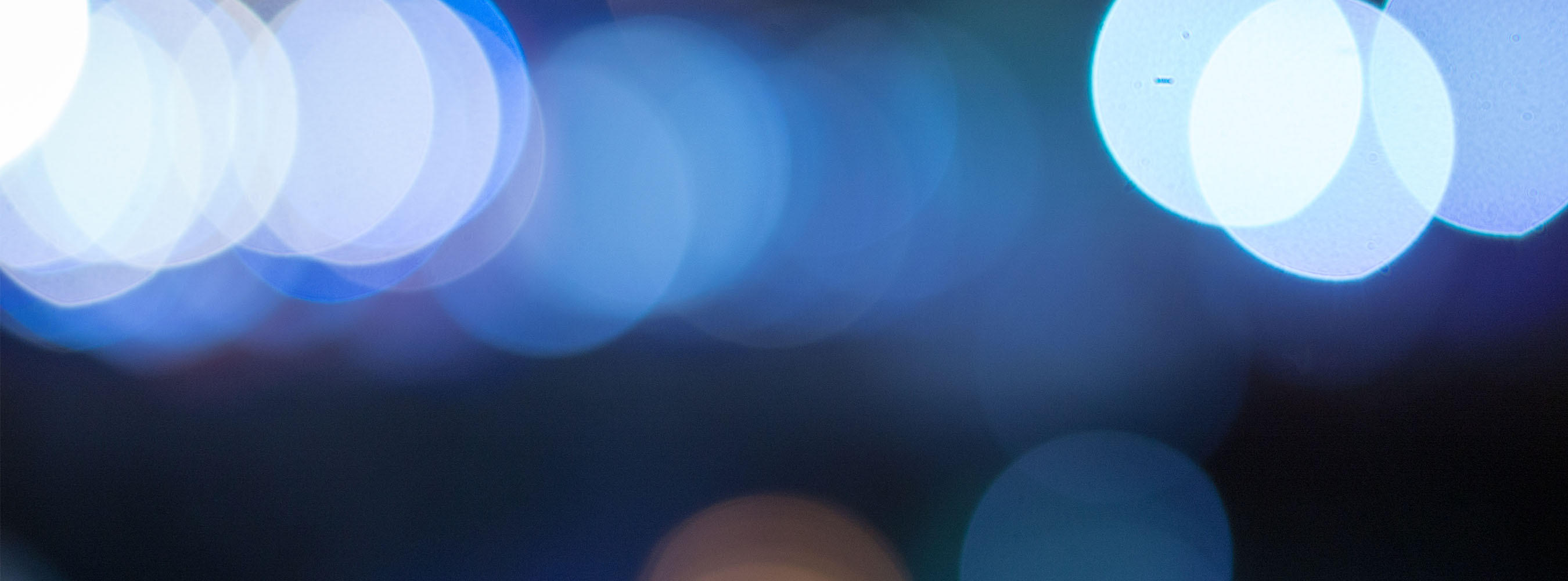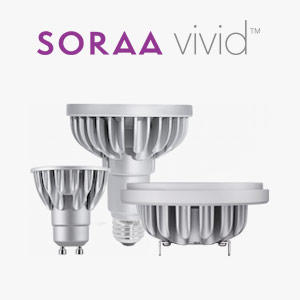I like this
This section is all about colors and crystals. We’ll find out how LEDs create certain colors, what goes into the creation of crystals, and learn all about GaN-on-GaN.
Can you explain how LEDs use crystals? What’s the process behind creating them?
When they hear crystal, most people may think of shiny diamonds. Actually, a lot of materials around us are crystals – that includes common substances like salt, and also all semiconductors. A crystal is simply a solid where the atoms are perfectly organized. For instance, in a metallic crystal of iron, all the iron atoms are neatly packed next to each other at a fixed distance (a bit like eggs in an egg crate, but in three dimensions). And in a semiconductor crystal of GaN, the atoms of Gallium and Nitrogen are likewise placed in succession, in a periodic fashion.
However, real-world crystals are never quite perfect. Sometimes an atom here or there is missing or misplaced – or an atom of a different kind found its way inside the crystal. We call such events “defects” in the crystal. In an LED, most defects are bad, because they can harm the light-emission process, making the LED less efficient. They can also make an LED less reliable. Therefore, we strive to make near-perfect crystals, with as few defects as possible.
Now, let’s talk about how these semiconductor crystals are made. We start from a base material, which is called a substrate, and which will receive the crystal layers. We insert the substrate in a high-end, heavy-duty piece of equipment called a reactor. Inside the reactor, we flow a variety of gases at high temperature. These gases undergo chemical reactions at the surface of the substrate, and consequently some atoms in the gases stick to the surface. In our case, these atoms are Gallium and Nitrogen, and they form a GaN crystal on top of the substrate. The GaN crystal is very thin: a few microns, or a tenth of the thickness of a hair. It is made up of several GaN layers with different properties (some as thin as a few atoms!), and that whole stack constitutes the LED.
Once the crystal is formed on top of the substrate, we deposit small metallic contacts on it and break the crystal into small chips, each of which becomes an individual LED.
Ah, so that’s what GaN is. What is GaN-on-GaN then? How does it affect an LED?
This takes us back to the substrate. For many years, people have used a variety of materials as substrates for GaN (sapphire, silicon carbide…). However, these substrates weren’t perfectly suited to receiving a GaN crystal. Imagine that you have a densely packed layer of small marbles—that’s your substrate—and you are trying to fit on top of them another densely packed layer of larger marbles (your GaN layer): not all the marbles on top will fit well, and some marbles here and there will be misplaced or missing. Likewise, when growing GaN on these substrates, the Ga and N atoms don’t fit perfectly and this creates many crystal defects. The LED industry has learned several tricks to reduce these defects, but they remain problematic.
GaN-on-GaN is a technology developed by SORAA which fundamentally solves this problem: we use GaN as the substrate, and form the GaN LED layers on top of this GaN substrate. Since the substrate and LED layers are made of the same material, all the atoms line up perfectly and there are way fewer defects than in standard GaN crystals (about a thousand times less).
Reducing the defects makes for better LEDs in terms of performance and reliability. This enables SORAA to make very small LED chips and drive them very hard (i.e. with a lot of electrical current). At the end of the day, a SORAA pump LED emits as much times as a standard LED but remains five times smaller. These small LEDs are very useful for designing lighting products.
Can you explain what goes into creating colors in an LED?
Most LEDs today create a spectrum by combining direct “pump” light from the LED chip, and “converted” light from the phosphors. As a reminder, the phosphors absorb some of the pump light and re-emit light at different wavelengths. Different phosphors (having different chemical structures) emit at various wavelengths. They can be thought of as paintbrushes of various colors, which are combined to make up the spectrum of the light. By combining a pump LED and various phosphors of desired wavelengths in the right amounts, we can shape the spectrum as we want. The shape of the spectrum then determines how colors are rendered.
Can you talk about the difficulties in rendering warm colors and white light?
There are two categories of colors which stand out in terms of rendering: warm colors and whites.
Warm colors –such as orange, pink, red, and skin tones– require a spectrum with enough long-wavelength radiation to be properly rendered. With the right phosphors, it is possible to emit such radiation. However, our vision is not very sensitive to this long-wavelength radiation: it has a big impact on warm colors but it doesn’t “feel bright.” Therefore, we are faced with a trade-off when it comes to deciding how much long-wavelength radiation should go in a spectrum of light: do we want brighter light, or light with richer colors?
White may sound like the simplest of colors – or even no color at all! But in fact, there are several shades of white in objects around us; and many of these are very bright, crisp whites (such as those seen on white paper, fabrics, plastics etc.). All these bright white colors are obtained by adding a special type of molecules, called “whitening agents”, to objects. These whitening agents absorb the short-wavelength radiation (ultraviolet and violet) emitted by natural light sources, and re-emit it as blue light; our vision systems perceive this effect as a pleasant “whiter-than-white” effect. Unfortunately, with most LED sources, this effect is lost; that is because these LEDs don’t emit any short-wavelength radiation and cannot excite these whitening agents. The result is that many white objects look dingy under LED lights. Luckily, SORAA is bringing a solution to this problem: by emitting a well-chosen amount of violet light (and no harmful UV radiation!), we can render whites naturally and restore their brightness.
Not everyone believes that rendering warm colors and whites is worth the effort, and thus the balance between quality and quantity of light leads to heated debates. Here is a bit of perspective on this: the human vision system tends to be quite forgiving regarding light levels, but very good at perceiving color differences. From an evolutionary standpoint, all this makes sense: we have learned to adapt to large variations in light levels throughout the day, whereas colors are a crucial code in nature to identify objects. And, interestingly, warm colors and whites also happen to be the two families of color that people tend to care most about. This was confirmed in various studies, including one organized by SORAA and Penn State University. Based on such considerations, SORAA’s position is that good color rendering is crucial and should generally not be compromised.
Aurelien David, Chief Scientist SORAA
After working with the Advanced Laboratories of Lumileds to study the efficiency of GaN based LEDS, Aurelien David joined SORAA as the Chief Scientist to work on more major advancements in LED research. Since joining in 2010, Aurelien has brought his expertise in semiconductor physics and color science to help achieve major breakthroughs in SORAA’s core technology and quality of light approach.
Aurelien holds a PhD in Applied Physics from the University of California, Santa Barbara, as well as a PhD and Masters in Physics from Ecole polytechnique, Palaiseau, France.







